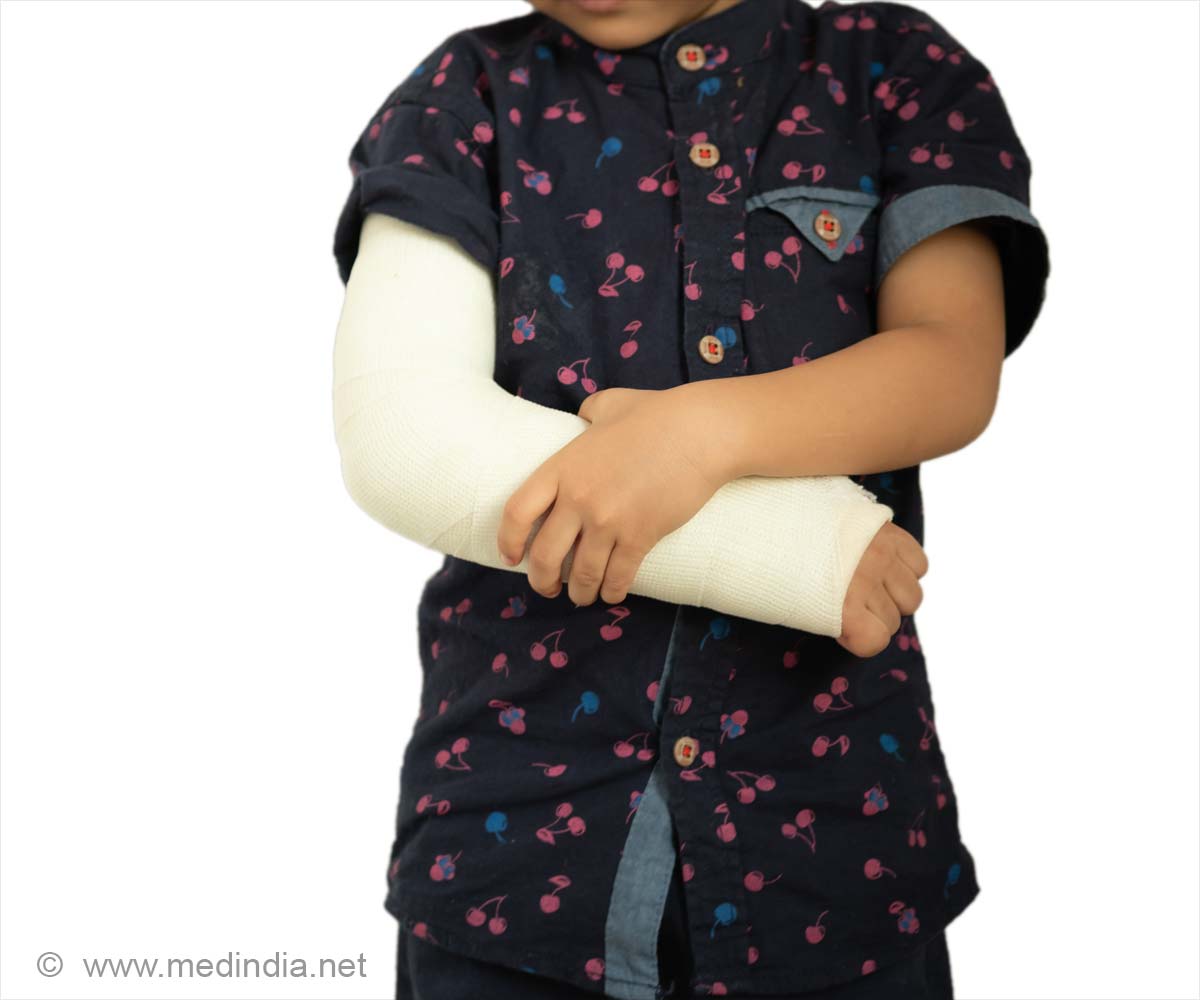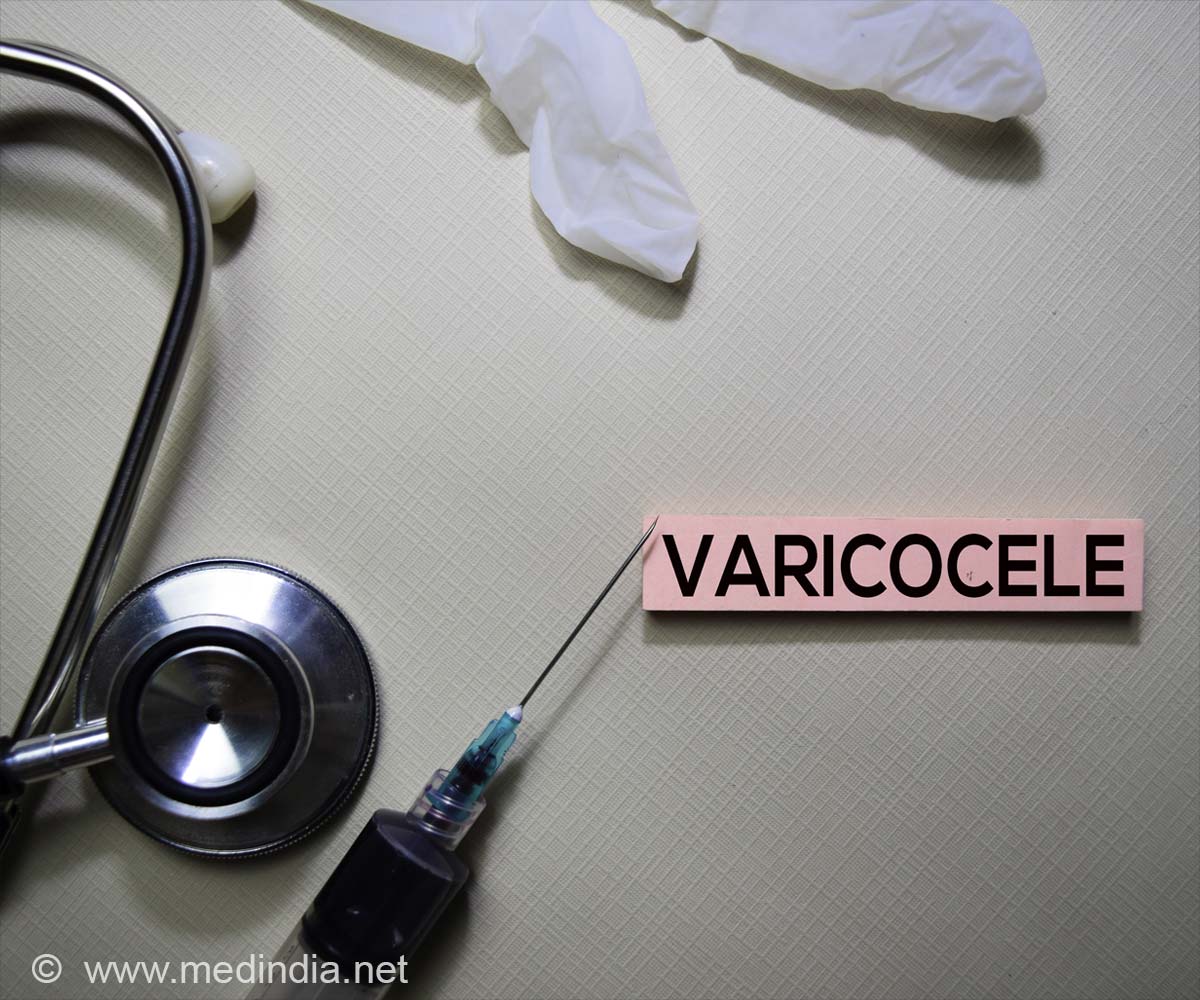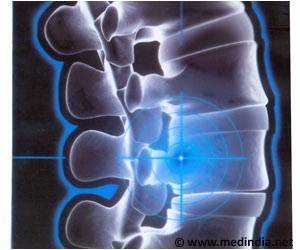
- Children with low vitamin D experience up to a week longer healing time for fractures
- Adequate vitamin D intake is essential for faster recovery and overall health
- Sources include dairy, fatty fish, fortified foods, and sunlight exposure
Low vitamin D levels can lead to prolonged healing times in children with extremity fractures. Recent research presented at the American Academy of Pediatrics 2024 National Conference & Exhibition highlights the significant role of vitamin D in the healing process of pediatric patients with fractures (1✔ ✔Trusted Source
Vitamin D and pediatric bone health: Important information and considerations for the pediatric orthopaedic surgeon
).
The study, titled “Low Vitamin D Levels Are Associated with Longer Healing Times in Pediatric Fracture Patients,” examined a cohort of 186 extremity fracture cases in children from 2015 to 2022. The findings revealed a clear correlation between low vitamin D levels and extended healing periods, regardless of whether the fractures required surgical intervention.
Advertisement
Impact of Low Vitamin D on Healing Times
Prolonged Healing Times:
- Children with low vitamin D levels experienced a clinical healing time that was up to a week longer compared to those with adequate levels.
- Leg fractures not requiring surgery took an average of 20 extra days to heal clinically and nearly two additional months to show signs of healing on x-rays.
- For fractures that necessitated surgery, healing times increased by one month clinically and nearly four months for radiographic signs of healing.
Comparison of Healing Methods:
- The study noted that the correlation of low vitamin D levels affected both clinical healing (the physical recovery) and radiographic healing (the imaging results), indicating that vitamin D deficiency impacts the overall recovery process.
Advertisement
Implications for Pediatric Health
Dr. Jessica McQuerry, the senior author of the study, emphasized the importance of a well-balanced diet rich in vitamin D for children. “Previous studies have focused more on how vitamin D can help prevent fractures, but now we are seeing a link between low vitamin D levels and longer fracture healing times,” she stated. This highlights the need for parents to ensure their children have adequate vitamin D intake for optimal recovery when injuries occur.
Advertisement
Sources of Vitamin D
Vitamin D is primarily sourced from:
- Dairy Products: Milk, cheese, and yogurt are excellent sources.
- Fatty Fish: Fish like salmon and mackerel provide significant amounts of vitamin D.
- Fortified Foods: Many breakfast cereals and other foods are fortified with vitamin D.
- Sunlight Exposure: Moderate exposure to sunlight is crucial for the body’s natural vitamin D production.
The study authors recommend that parents should check their child’s vitamin D levels if a fracture is healing slower than expected. Ensuring sufficient vitamin D can support quicker recovery and overall health.
Dr. McQuerry also noted, “Getting outside and enjoying the fresh air can do wonders for your health while also upping vitamin D absorption. What a great excuse to get outside and explore nature!”
This study underscores the critical role of vitamin D in the healing process of pediatric fractures. It advocates for increased awareness and dietary considerations to ensure children receive adequate vitamin D, promoting faster and more effective healing when injuries occur.
Reference:
- Vitamin D and pediatric bone health: Important information and considerations for the pediatric orthopaedic surgeon – (https://www.jposna.com/article/S2768-2765(24)00868-X/fulltext)
Source-Medindia



